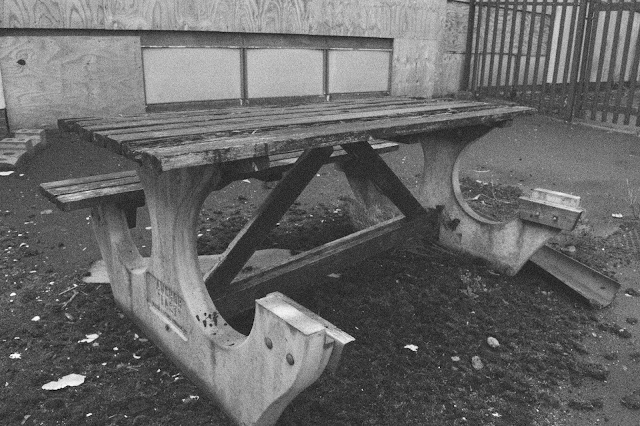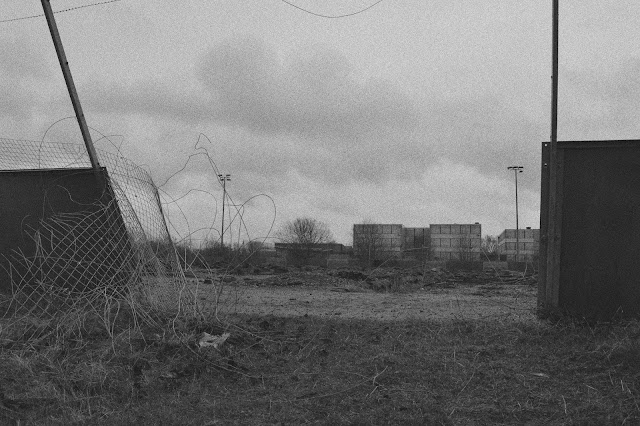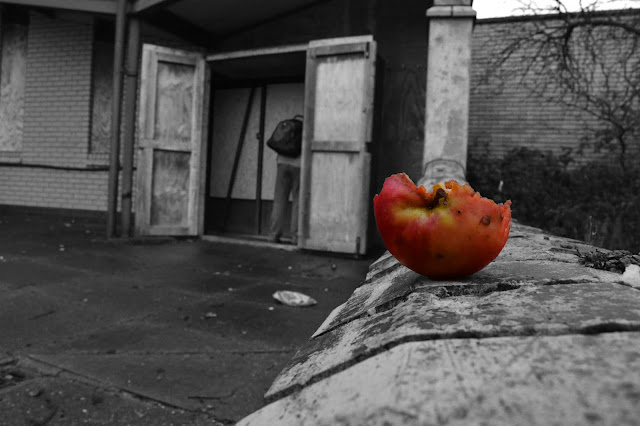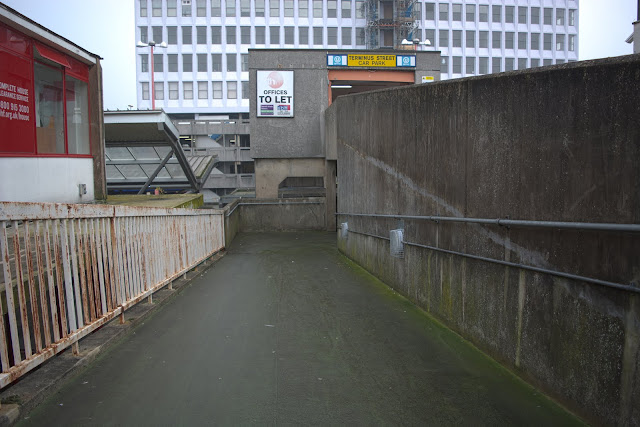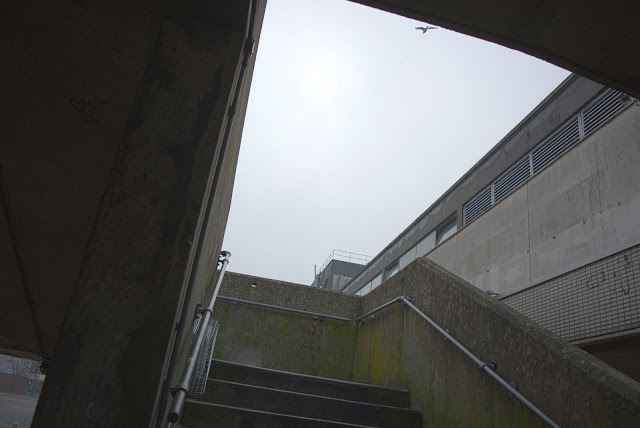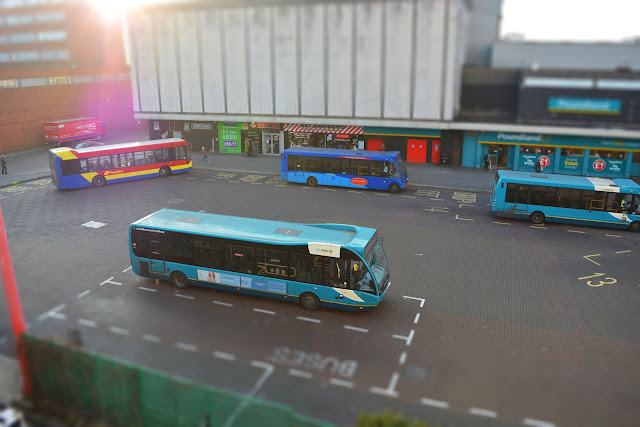Overall, my project I feel was successful in researching the effects of urbanisation on both lifestyle and architecture. I managed to focus on my themes, while at the same time, experimenting with different styles an developing photographic styles such as documentary photography and tilt shift. When I began my project, I wanted to portray the contrasts between urban and rural areas, making use of stop motion animation, with hopes to create a final result of a short stop motion film involving both pieces taken in rural areas and in urban areas to show contrast. However, I realised that accessing rural areas would not be practical due to living in an urban area, therefore I shifted the focus to just urban areas. For my first urban based shoot, I tried to capture urban architecture, using black and white to create a sense of urban architecture being prison like, which I feel was effective in creating a bleak atmosphere. I expanded on my look at architecture through my fifth shoot, in which I expanded on my approach of the topic by incorporating HDR processing, which gave my images a wide tonal range. While I had these two shoots, I felt that I wanted to revisit the first architecture shoot I completed, changing something about the shoot; I decided I wanted to shoot in many of the same locations I had used, but shoot them at night. I felt that this shoot expanded on my project overall, as it portrays the same location in a different mood; I decided to not make use of noise in my images this time around, creating a much less sinister mood. In addition to capturing urban architecture, I also completed several people-based documentary shoots. In my fourth shoot, I brought a tripod out to the town with a theme of the fast pace of urban life, and I captured some motion blur images of people walking quickly through town to reflect this. I shot these images in a wide angle format, which is something I carried on into my sixth shoot, in which I incorporated urban landscapes and documentary photography together, linking my architecture and people themes. I further expanded my documentary approach in my ninth shoot, removing the motion blur element and shooting without the aid of a tripod; I feel that this was my most successful shoot as the images created strong narratives about the people in the images.
To create my final portfolio, I mainly drew from the straight image that I had created throughout my shoots. First of all, I went through each straight images post and took three images which I thought were the strongest in the post. This left me short by around ten images, therefore I made another sweep through my straight images, picking some that fit strongest into either representation of people in an urban environment or representation of architecture in an urban environment. I tried to pick images in a way that my portfolio has section of photos that looked as if they worked as a series, therefore some of the straight images I re-edited to link to others, removing some black and white elements of my eighth shoot and creating a series of desaturated urban decay themed images.
I would say that I have definitely created a cohesive body of work from my project. While I did change my project focus, originally intending to focus on both urban and rural locations and the contrasts between them, I feel that once I decided to keep to urban areas, I managed to decide what my main themes were quickly;urban architecture and urban people. I explored various types of urban architecture, capturing both modern, sleek urban buildings and brutalist inspired older urban buildings. I also used this theme to look an urban decay, taking pictures at an abandoned school which had a very square and repetitive architectural design. Within the theme of people, I experimented with different approaches to portraying this. For example, I did shoots that were very impersonal to the subjects, with one of them using motion blur to portray the fast pace of life in urban environments and also taking photos from high up on top of a car park to portrays those who live in urban environments being overshadowed by the large architecture. I also did some shoots that were far more personal to the subjects, getting closeup and showing interactions between people and their facial expressions. Overall, I would say that I have produced a cohesive body of work as all of my shoots fall under the themes of either urban people or urban architecture, and I have used a variety of photographic methods to portray these themes.
My research has heavily influenced my shooting methods and the type of photography I have incorporated. With my two early animation shoots, I drew influence from Eadweard Muybridge, who I researched for my essay. Although he didn't create animations, his method of setting up several cameras to trigger as a horse runs past was a large inspiration on my use of multiple shoot mode to capture motion while I myself was moving. There are also several photographers from my research logs that inspired the way I conducted shoots throughout this project. One example would be the Dutch documentary Photographer Bas Losekoot, who shot a series called the urban millennium, which focused on the interaction of people in urban areas, particularly of multiple cultures. The series' photographic style is usually high contrast, high saturation images which focus closely on a single subject, from which the viewer can create connotations. I tried to replicate this in my images, making use of narrow depth of field to draw attention to the main subject of the image, as well as editing them to increase the contrast and saturation, which I felt made my image create a more positive atmosphere. Another Photographer that inspired my shoots was German architectural Karl Hugo Schmolz, who was active in post war Germany and captured Bauhaus architecture, which was the popular style around the time. He put careful thought into composition, making use of golden triangle and rule of thirds composition rules to frame his image in a way that the buildings had a strong sense of depth and often incorporated leading lines. This pre-visualised composition style was something I took into consideration when shooting my architectural photography; I selected areas in which I could create a sense of depth by using the golden triangle rule to create layers in my image, as well as incorporating leading lines that lead you to the focal point of the image.
Overall, I would say that I've learned a great deal from this personal investigation. I originally set out to portray the contrasts in lifestyle and architecture between rural and urban locations, but quickly decided that I wanted to narrow my focus to exploring the lifestyles and architecture in urban environment. Through my research, I discovered different urban architectural movements and how they influence the architecture around my town. I learnt that as my town was built in the 1960s and developed a lot in the 1980s, the Brutalist movement has heavily influenced the appearance of a lot of my town. I decided that this would be an opportunity to portray urbanisation as something that is vulgar yet powerful and unstoppable; reflected in the very square, bulky and repetitive architecture. The other part of my proposal was to investigate the effects of urbanisation, both on people and on the land. From my research, I noticed that many urban photographers link fast and busy lifestyles to city life, which is something that I tried to make heavily present in my project. From my shoots, I use such techniques as motion blur to create a sense of crowd anonymity and portray this fast pace of urban life, as well as tilt shift to make people appear as if they are miniatures, creating a sense of people being overshadowed by urban architecture. Additionally, I learned of the negative impact that urbanisation has on nature, and how urban structures can be quickly built then abonded and left for nature to retake the land. This is something I incorporated into an urban decay themed shoot, in which I shot at an abandoned secondary school where plants had covered a large amount of the structures. If I had more time, I would have liked to further look into the themes of urban decay, as it was difficult to find many abandoned locations that were in walking distance of me, and I felt this was one of the key effects of rapid urbanisation.





